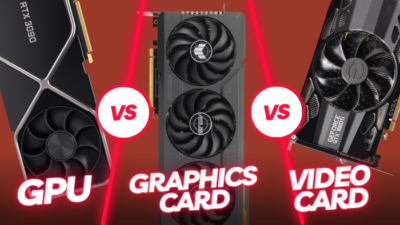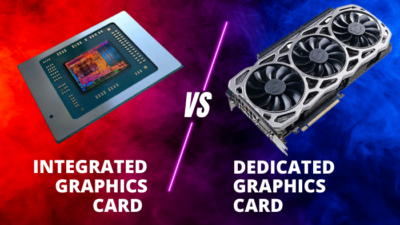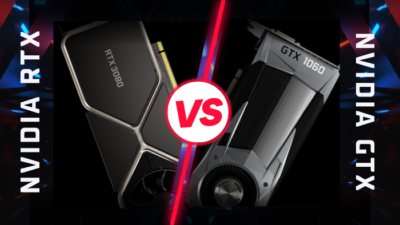The GPU works like the muscle in our body, and the PCI lanes are like the blood veins. As GPUs become more powerful, they need more efficient data connectivity in the same way heavier muscles need more blood flow. And the PCIe lane number ensures that.
But there is a number limit of PCI Lane your graphics card can handle effectively. This article will show you the correct PCI Lanes number your GPU can use.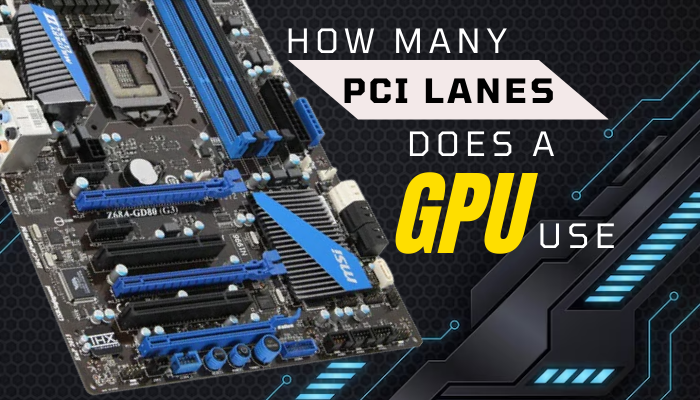
So without further ado, let’s jump in.
Go through our epic guide on can you use PCI-e cable for the CPU?
How Many PCIe Lanes Does Your GPU Need?
GPU PCI Express (PCIe) lanes number usually depends on several factors, like the GPU model and the motherboard PCIe lane numbers. Most modern GPUs typically use 8 to 16 PCIe lanes, although some high-end GPUs, such as Nvidia’s RTX 4090, may use up to 24 PCIe lanes, depending on the rig.
The number of lanes may also depend on your PC’s configuration, like the number of GPUs or other expansion cards installed or the peripheral component interconnect express available on the motherboard.
A typical consumer desktop motherboard may have between 16 and 24 PCI lanes available, while high-end workstation or server motherboards may have more.
Generally, your GPU will perform better when your GPU uses more PCIe lanes.
However, the performance increase may vary depending on the specific system configuration and your GPU architecture.
High-end GPUs, like Nvidia’s GeForce RTX 3090 and AMD’s Radeon RX 6900 XT, use a PCIe 4.0 x16 interface. It means they use 16 gen-4 PCI lanes.
Some mid-range GPUs use a PCIe x16 interface, requiring 16 lanes gen-3. But lower-end GPUs may use a PCIe 3.0 x8 interface requiring 8 lanes.
Read more on which Intel and AMD CPUs support PCIe 5.0?
What is PCI Express Lane? Do PCIe Lanes, Slots, and Versions Matter?
As I said earlier, PCI Express Lane is the connector between components. You can call it Peripheral Component Interconnect Express. Your high-speed PC components like GPU, SSD, sound expansion cards, or network cards because they support faster data transfer.
The PCI Express Lane has 4 pieces of copper wires called traces. These traces are embedded in the PCB to connect all PCIe devices.
PCIe lanes differ according to their version numbers. Also, the version number determines the data transfer speed.
But not all hardware supports PCIe 4.0 slots. Check my guide to know which Intel and AMD processors support PCIe 4.0.
This section will show the data speeds for different peripheral component interconnects express slots. It will help you determine the various effects of different PCIe Lanes, Slots, and Versions.
Follow the PCIe connector table to know the single and dual-direction data transfer speeds: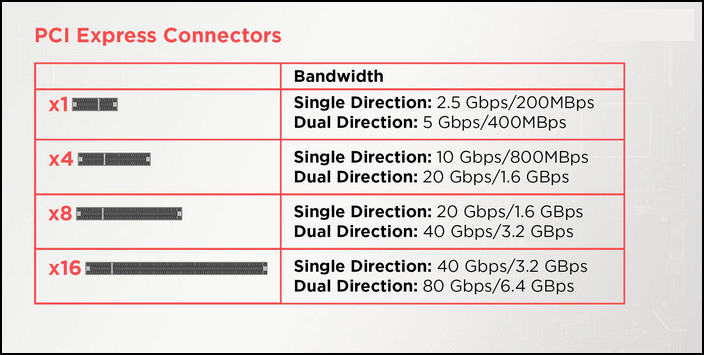
So you will get different performances for different PCIe lanes, slots, and versions even if you try the same benchmarking technique.
Do PCI Lanes Affect GPU Performance?
The performance gap between PCIe 5.0 and 4.0 is minimal for current-generation GPUs. But using earlier PCIe slots to operate your devices can significantly hinder your graphics card performance. The mid to high-gen Geforce cards like 2080 or 3080 have bottlenecks on PCIe slots.
Here is the benchmark comparison for RTX 3080 in PCIe 3 and PCIe 4: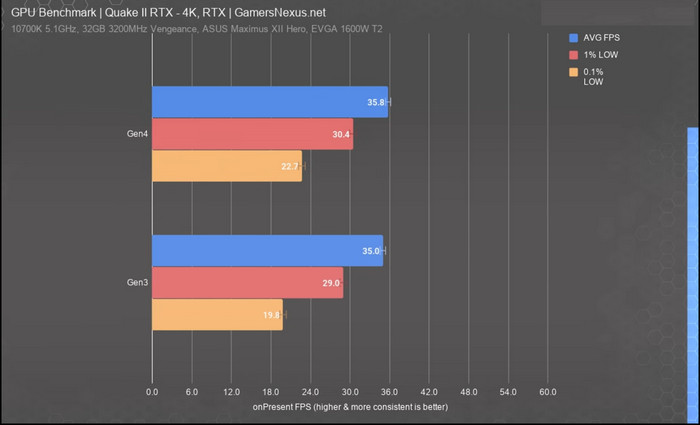 As you can see, the performance difference is only 2.3% at 4K, which is hardly noticeable during any gaming or editing work.
As you can see, the performance difference is only 2.3% at 4K, which is hardly noticeable during any gaming or editing work.
So, there isn’t any significant GPU performance gap between PCIe slots, but it dramatically impacts other components like SSD.
You may also like to read about are CPU and PCIe cables the same?
How to Choose the Correct PCIe Slot for Your Graphics Processor
Choosing the correct slots for your GPU is crucial and often becomes the main performance factor. Usually, your motherboard has more than one PCIe slot for inserting GPU. But not all the PCIe X16 slots offer 16 lanes. Sometimes one of your PCIe X16 can even offer only x4 PCIe lanes.
In this portion, I will show you an image of the ASUS ROG Strix Z490 E-Gaming motherboard. It will help you to see which PCIe ports contain how many lanes despite having the same physical size.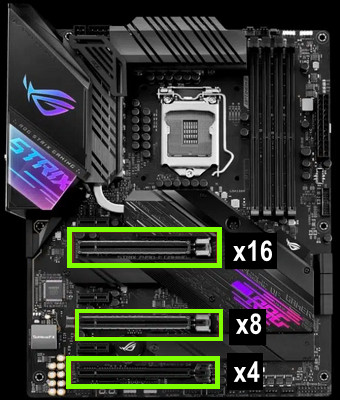
Here you can see despite having the same size, the PCIe slots have different lane counts. If you insert the GPU in the lower PCI Express lane slots, your graphics card performance will drop.
And for multi GPU setup, you should allocate the peripheral component interconnect express slots accordingly.
Also read, what are the fastest PCIE 4.0 SSDs.
FAQs
What’s the amount of PCIe lanes in my PC?
Your PC’s PCIe lane number mainly depends on your motherboard model. So you should visit your motherboard manufacturer’s website to get the exact number of PCIe lanes.
Can you put a PCIe X16 GPU in a PCIe X8 slot?
Yes, your GPU can operate on PCIe X16 and PCIe X8 slots. So if you put your PCIe X16 GPU in the PCIe X8 slot, it will perform. But you may see some performance drops if you do so.
Does your RAM use PCIe Lanes?
No, all system memories are directly connected through their BUS. So they don’t need PCIe lanes for connection.
Conclusion
In short, your GPU uses 16 PCIe lanes to operate flawlessly, but it can also work fine on 8 lanes. But if you insert your GPU in a 4-lane PCIe port, you may get a huge performance drop. However, that doesn’t mean more PCI lanes give you more performance.
After reading this article, I’m sure you got your answer. Comment if you have any other questions regarding GPU requirements. And for everything else, stick with 10 Scopes.

